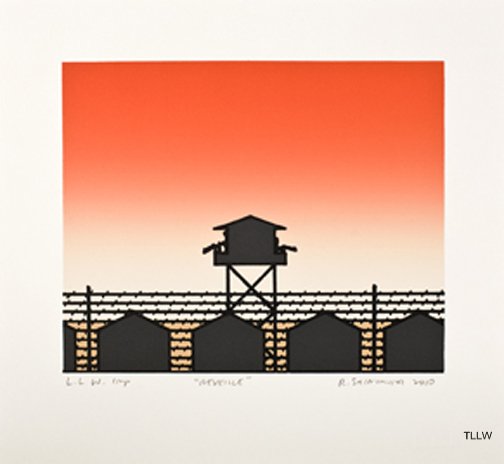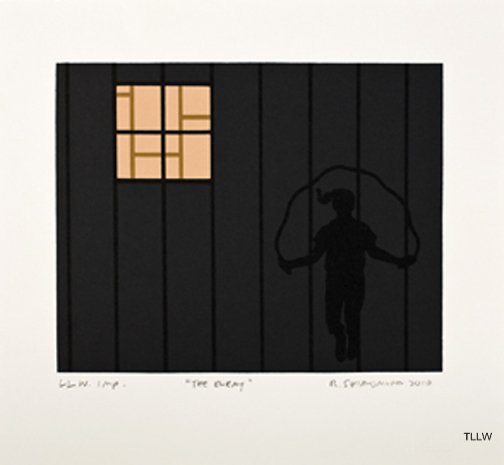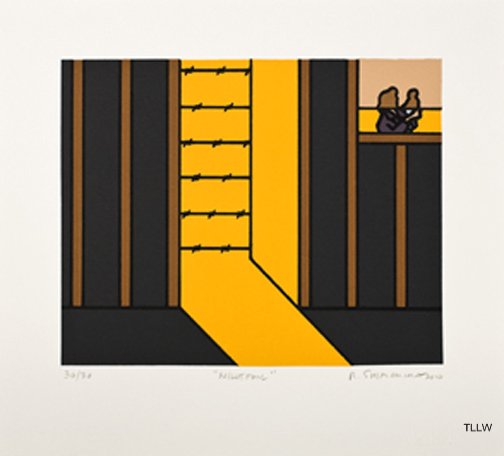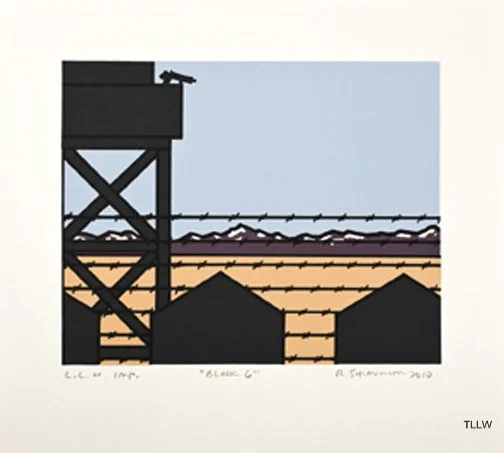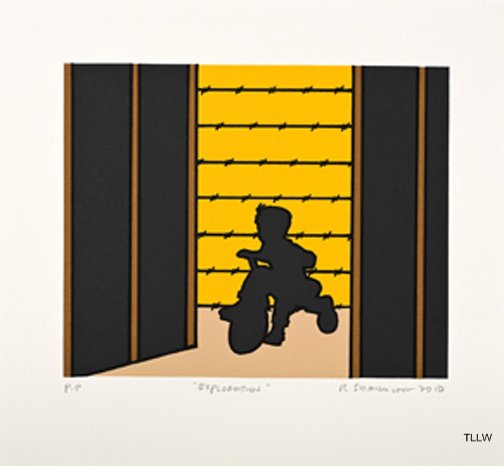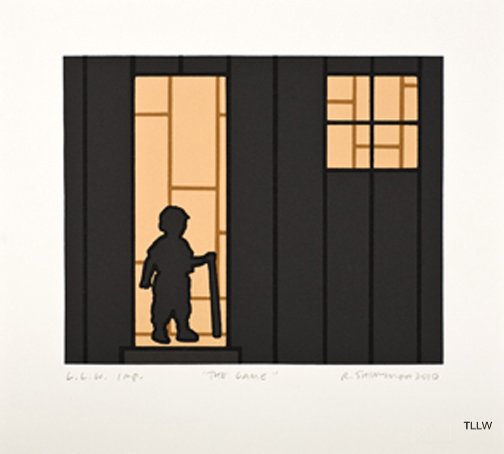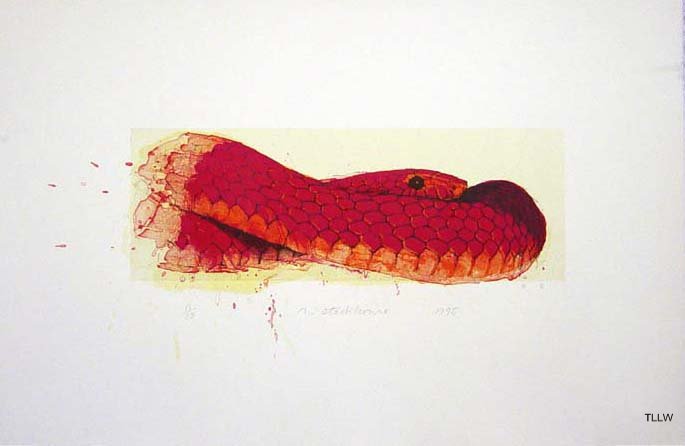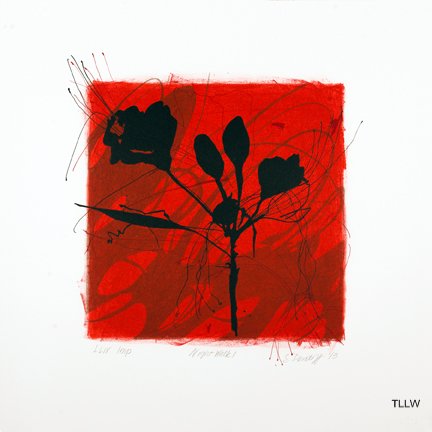
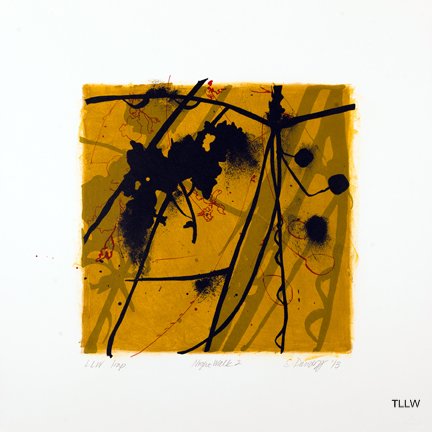
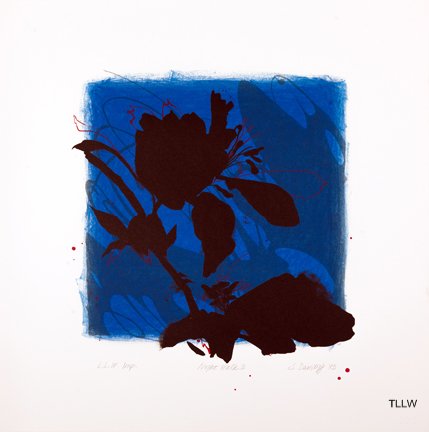
“These lithographs are part of an ongoing exploration of structure in nature, and the overlay of systems we have developed for observing, mapping and defining natural forms and phenomena.
They began as I experienced the rapidly changing daylight in late summer in a far Northern latitude. The retreating light and advancing shadows moved quickly enough to feel the daylight hours shrinking.
When I returned to the desert, I started series of night walks. The small area illuminated by the beam of a flashlight and the shadows in the surrounding darkness brought back the feeling of walking in a place where the light was rapidly disappearing as the landscape headed toward winter.”
– Susan Davidoff –

